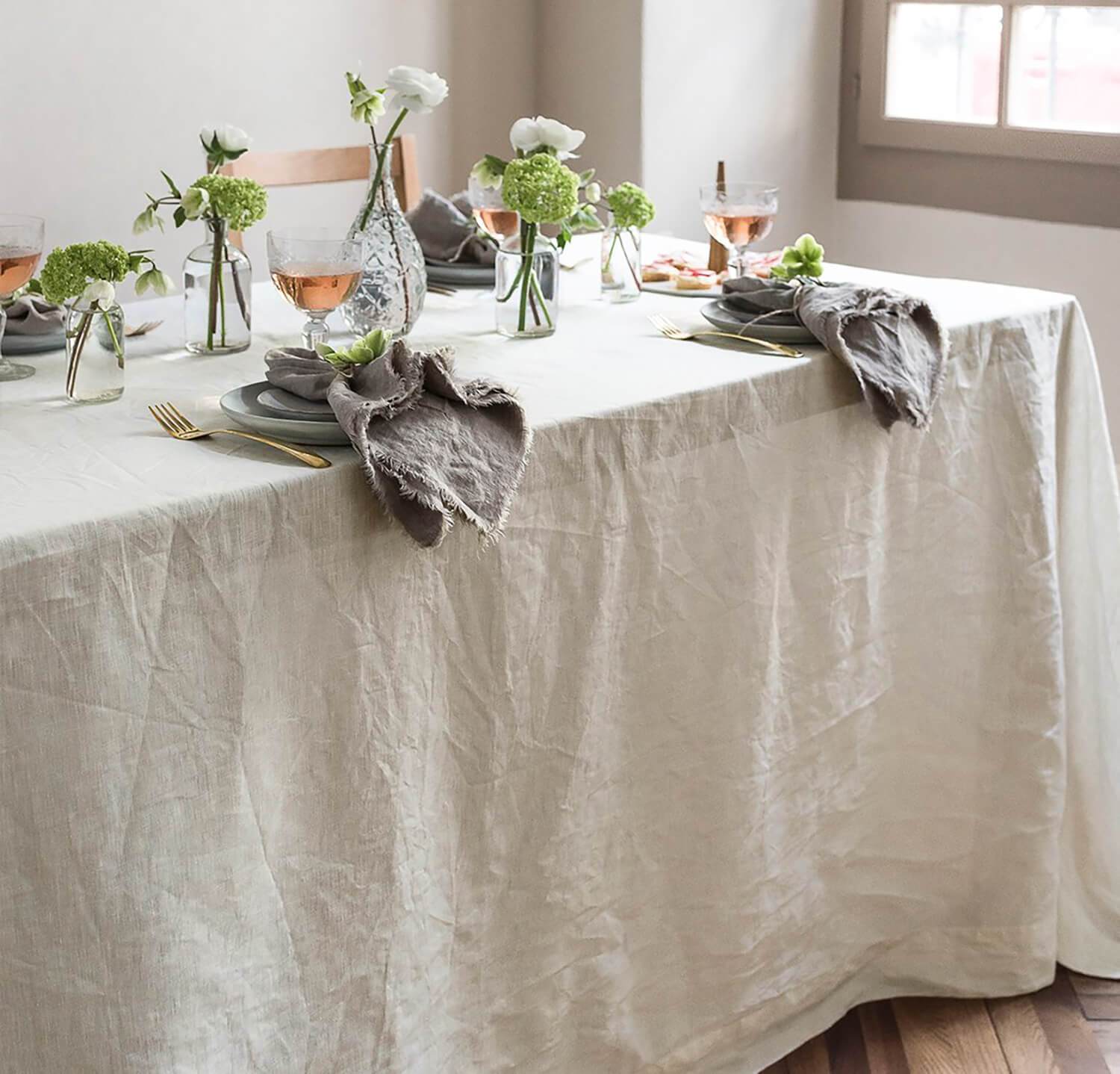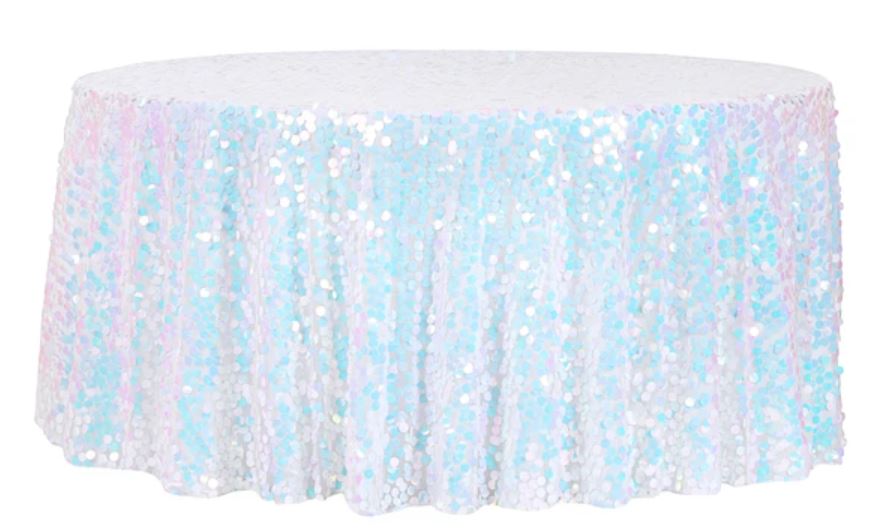Trendy Table Runner Concepts: Change Your Eating Experience
Trendy Table Runner Concepts: Change Your Eating Experience
Blog Article
Bed Linen Material Technologies: Exploring Modern Trends and Creative Applications in Design and Textile Sector
From sustainable manufacturing approaches to innovative weaving technologies, the development of linen is improving the landscape of the fabric industry. As we dive right into the worlds of innovative style applications and the introduction of bed linen blends and crossbreed textiles, a new chapter unravels in which linen's role in future fabric technologies takes facility stage.
Sustainable Practices in Bed Linen Manufacturing
Lasting techniques in linen production have come to be significantly vital in the textile industry's initiatives to reduce environmental influence and promote ethical sourcing techniques. Linen, an all-natural fiber originated from the flax plant, uses a variety of advantages such as breathability, biodegradability, and toughness. However, standard methods of bed linen manufacturing can include significant water usage, pesticide use, and energy-intensive processes.
To address these difficulties, many textile suppliers are adopting lasting techniques throughout the linen manufacturing procedure. This includes sourcing flax from natural ranches that stay clear of hazardous pesticides and chemicals, carrying out water-efficient retting strategies to extract fibers from the flax stalks, and making use of environment-friendly dyes and coatings. Furthermore, some firms are spending in renewable resource resources to power their production centers and minimizing waste with recycling and upcycling initiatives.
Technical Innovations in Linen Weaving
With the expanding focus on sustainable techniques in bed linen manufacturing, the fabric sector is now seeing a rise in technical advancements particularly targeted at transforming the art of bed linen weaving. These technologies are improving the way linen fabrics are created, using boosted performance, quality, and creativity in weaving techniques.
One of the crucial technological developments in linen weaving is the integration of digital looms. These sophisticated looms are furnished with software application that allows for complicated and complex styles to be woven with precision. By digitizing the weaving process, manufacturers can achieve better uniformity and accuracy in their linen fabrics.
Furthermore, innovations in thread spinning technology have actually enabled the production of finer and even more sturdy bed linen yarns - table cloths. This leads to softer and smoother bed linen textiles that preserve their top quality also after several uses and washes
Furthermore, the advancement of environment-friendly dyeing processes and coatings for bed linen fabrics is gaining grip. These sustainable practices not only reduce the ecological effect but additionally deal with the enhancing customer demand for morally created textiles.
Creative Style Applications for Linen
Ingenious imaginative approaches are progressively shaping the creative style applications for bed linen in the textile market. Linen's all-natural visual appeal and capability to mix with other textiles make it a favorite option for producing special garments and devices that cater to the environmentally mindful customer.
Moreover, designers are try out bed linen in home style, utilizing its long lasting and breathable nature to craft fashionable home furnishings such as drapes, bed linens, and upholstery. The appearance and drape of linen bring a feeling of elegance and convenience to indoor rooms, adding a touch of elegance to contemporary homes.

Linen Blends and Hybrid Fabrics

Hybrid fabrics, on the various other hand, take the idea of blending an action additionally by integrating additional elements such as metallic threads, recycled materials, or conductive fibers. These innovative textiles not just expand the layout opportunities but additionally introduce useful aspects like conductivity, antimicrobial residential or commercial properties, or boosted durability. Crossbreed materials are increasingly being made use of in different industries, consisting of style, interior design, and technological textiles, where the need for multifunctional materials gets on the rise.
Bed linen's Role in Future Fabric Innovations

In the realm of future textile innovations, linen is anticipated to be a vital player in the advancement of sophisticated useful fabrics. Researchers and developers are checking out ways to boost linen's intrinsic top qualities through technological developments, such as integrating clever fabrics, nanotechnology, and efficiency surfaces. These developments intend to raise bed linen's performance features, making it appropriate for a wider variety of applications, from activewear to safety apparel.
Moreover, the combination of linen with various other all-natural or synthetic fibers opens endless opportunities for creating novel fabrics with distinct properties and functionalities. By leveraging linen's attributes and exploring innovative blends, the fabric sector is positioned to introduce interesting growths that deal with advancing consumer needs and sustainability needs.
Verdict
Finally, see the expedition of sustainable practices, technological advancements, imaginative design applications, bed linen blends, and its function in future fabric technologies highlight the continuous development of bed linen textile in the modern-day design and fabric market. With a concentrate on technology and creative thinking, the flexibility and environment-friendly nature of linen make it a valuable product for manufacturers and designers alike, leading the way for additional advancements and improvements in the field of fabrics.
As we dig into the worlds of go to this site creative layout applications and the emergence of linen blends and hybrid materials, a new chapter unfolds in which linen's role in future textile advancements takes center phase.
Exploring the blend of linen with various other fabrics has actually led to the appearance of cutting-edge blends and crossbreed textiles in the modern textile market. Bed linen blends provide an one-of-a-kind combination of the features of linen with those of various other fibers, resulting in textiles that possess improved properties such as raised resilience, enhanced draping, and decreased wrinkling.The evolution of bed linen blends and hybrid materials has actually established the stage for Linen to play a crucial role in driving future textile advancements.In the world of future fabric advancements, bed linen is expected to be a key gamer in the advancement of sophisticated useful fabrics.
Report this page